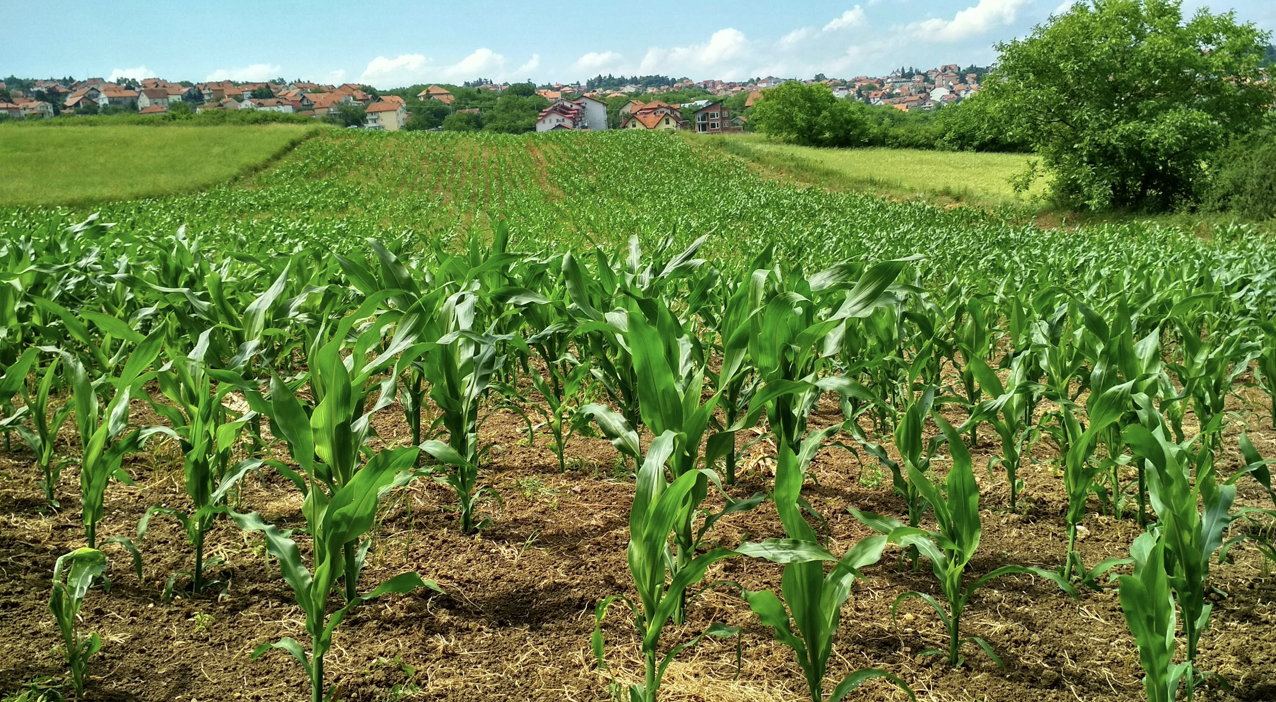
Biodiversity, the variety of life on Earth, plays a crucial role in maintaining a stable and healthy planet. It encompasses all ecosystems, species, and genetic variations that contribute to the balance of nature. However, human activities such as deforestation, pollution, overfishing, and climate change itself are leading to alarming biodiversity loss. This loss, in turn, exacerbates climate change, creating a vicious cycle that threatens both ecosystems and human societies.
1. Disrupting Carbon Sequestration
 Forests, oceans, and wetlands are natural carbon sinks, absorbing carbon dioxide (CO2) from the atmosphere and mitigating climate change. However, deforestation and habitat destruction reduce the ability of these ecosystems to store carbon. For example:
Forests, oceans, and wetlands are natural carbon sinks, absorbing carbon dioxide (CO2) from the atmosphere and mitigating climate change. However, deforestation and habitat destruction reduce the ability of these ecosystems to store carbon. For example:
- Deforestation: Trees absorb CO2 during photosynthesis, but when forests are cleared for agriculture or urbanization, stored carbon is released back into the atmosphere, contributing to global warming.
- Soil Degradation: Healthy soil, rich in microorganisms, sequesters carbon. Land degradation from intensive farming and deforestation weakens this capacity.
- Oceanic Decline: Coral reefs and seagrass meadows play a role in capturing CO2, but ocean warming and acidification threaten these ecosystems.
Without biodiversity, the Earth loses its ability to naturally regulate carbon levels, accelerating climate change.
2. Weakening Ecosystem Resilience
 Diverse ecosystems are more resilient to climate impacts. When biodiversity declines, ecosystems become fragile and struggle to adapt to changing conditions. This has several consequences:
Diverse ecosystems are more resilient to climate impacts. When biodiversity declines, ecosystems become fragile and struggle to adapt to changing conditions. This has several consequences:
- Increased Natural Disasters: Wetlands and mangroves act as natural barriers against floods and storms. Their destruction leaves coastal areas more vulnerable to extreme weather events.
- Desertification: Loss of plant life in dry regions leads to desert expansion, reducing available land for agriculture and making regions more susceptible to droughts.
- Loss of Pollinators: Bees, butterflies, and other pollinators support food production. Their decline due to habitat destruction and climate change threatens food security.
Ecosystems depend on biodiversity to function properly. Without it, they become unstable and less capable of adapting to climate challenges.
3. Altering Weather Patterns
 Forests and vegetation influence local and global weather patterns by regulating rainfall and temperatures. When biodiversity declines, these patterns are disrupted:
Forests and vegetation influence local and global weather patterns by regulating rainfall and temperatures. When biodiversity declines, these patterns are disrupted:
- Less Rainfall: Trees release moisture into the air, contributing to cloud formation and precipitation. Deforestation can lead to reduced rainfall and prolonged droughts.
- Increased Heatwaves: Urban areas with reduced green cover experience the “heat island effect,” where temperatures rise significantly due to the lack of vegetation.
- Unpredictable Seasons: Changes in plant and animal behavior affect seasonal cycles, disrupting traditional agricultural practices and natural events like migration.
Biodiversity helps stabilize climates at local and global levels. Its decline makes weather patterns more erratic and extreme.
4. Impact on the Food Chain and Human Livelihoods
 Biodiversity supports agriculture, fisheries, and livelihoods. Its loss threatens food security and economic stability:
Biodiversity supports agriculture, fisheries, and livelihoods. Its loss threatens food security and economic stability:
- Fisheries Collapse: Overfishing and coral reef destruction reduce fish populations, affecting millions who depend on seafood for sustenance and income.
- Agricultural Vulnerability: Crop diversity ensures food security. Monoculture farming depletes soil nutrients, making crops more vulnerable to pests and climate changes.
- Indigenous Communities at Risk: Many indigenous cultures rely on biodiversity for food, medicine, and spiritual practices. Its decline threatens their way of life.
The loss of biodiversity directly affects human societies, particularly those most reliant on natural resources.
5. Feedback Loop Between Biodiversity Loss and Climate Change
 The relationship between biodiversity loss and climate change is a feedback loop:
The relationship between biodiversity loss and climate change is a feedback loop:
- Climate change accelerates biodiversity loss through habitat destruction, extreme weather, and ocean acidification.
- Biodiversity loss weakens ecosystems’ ability to combat climate change, leading to higher carbon levels and worsening conditions.
This cycle makes it imperative to address both issues simultaneously.
Solutions to Protect Biodiversity and Mitigate Climate Change
Protecting biodiversity is essential for climate stability. Solutions include:
- Restoring Forests and Wetlands: Reforestation and conservation efforts help absorb CO2 and rebuild ecosystems.
- Sustainable Agriculture: Crop rotation, organic farming, and reduced pesticide use promote biodiversity and soil health.
- Marine Protection: Expanding marine reserves and reducing overfishing protect oceanic biodiversity and its role in carbon sequestration.
- Reducing Emissions: Shifting to renewable energy and cutting greenhouse gas emissions slow down climate change, indirectly protecting biodiversity.
- Community Involvement: Encouraging local conservation efforts, eco-tourism, and sustainable practices fosters biodiversity protection.
Conclusion
 Biodiversity loss and climate change are interconnected challenges. As biodiversity declines, ecosystems lose their ability to regulate carbon, stabilize weather patterns, and support life. This exacerbates global warming, further endangering ecosystems. Addressing these issues requires urgent action, including conservation efforts, policy changes, and sustainable living practices. By protecting biodiversity, we not only preserve the natural world but also ensure a healthier planet for future generations.
Biodiversity loss and climate change are interconnected challenges. As biodiversity declines, ecosystems lose their ability to regulate carbon, stabilize weather patterns, and support life. This exacerbates global warming, further endangering ecosystems. Addressing these issues requires urgent action, including conservation efforts, policy changes, and sustainable living practices. By protecting biodiversity, we not only preserve the natural world but also ensure a healthier planet for future generations.




